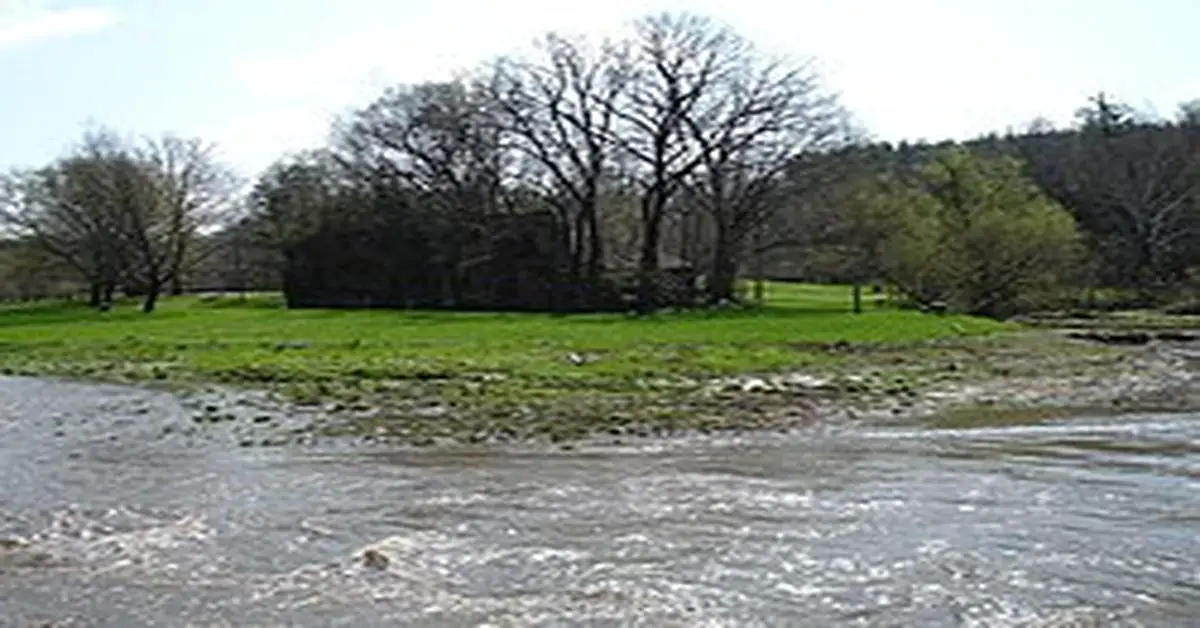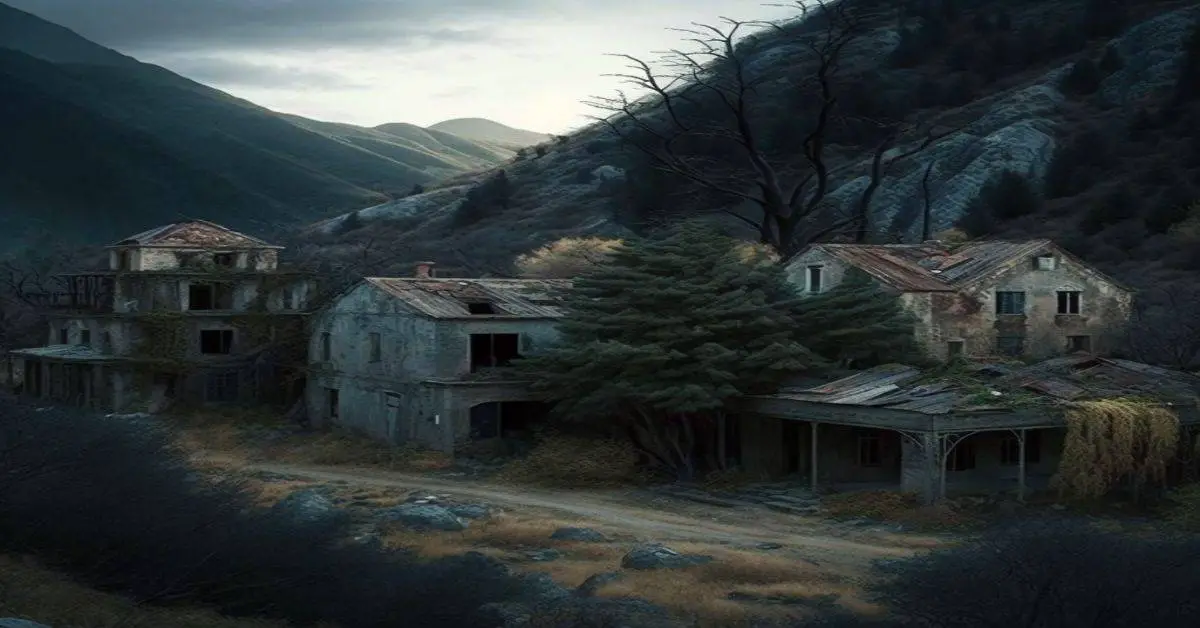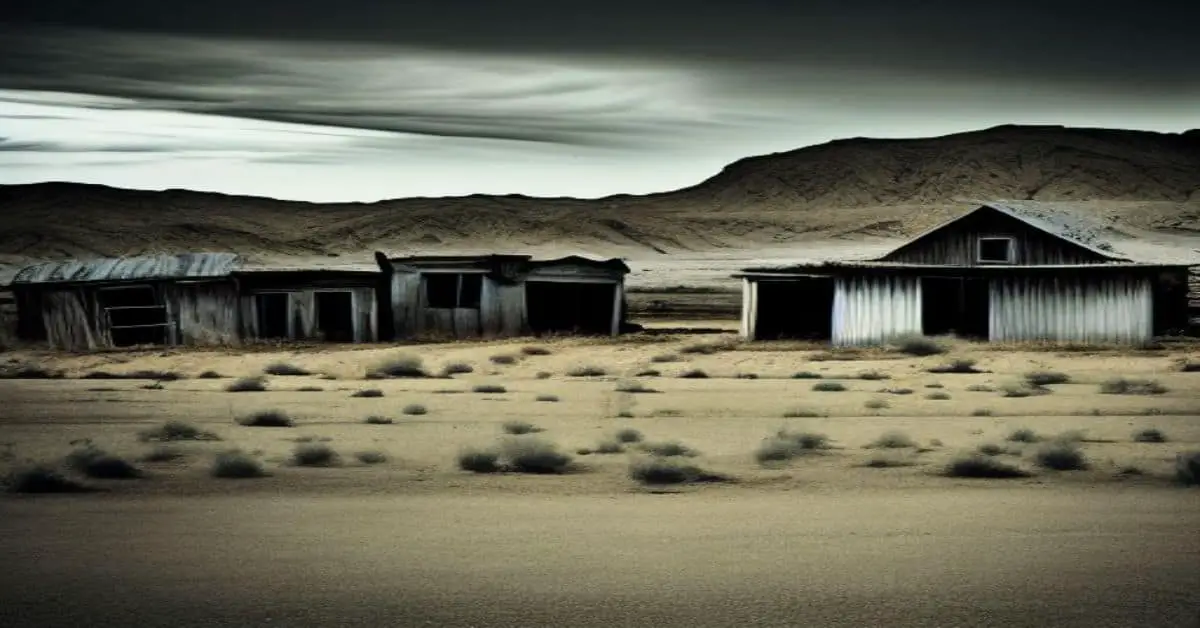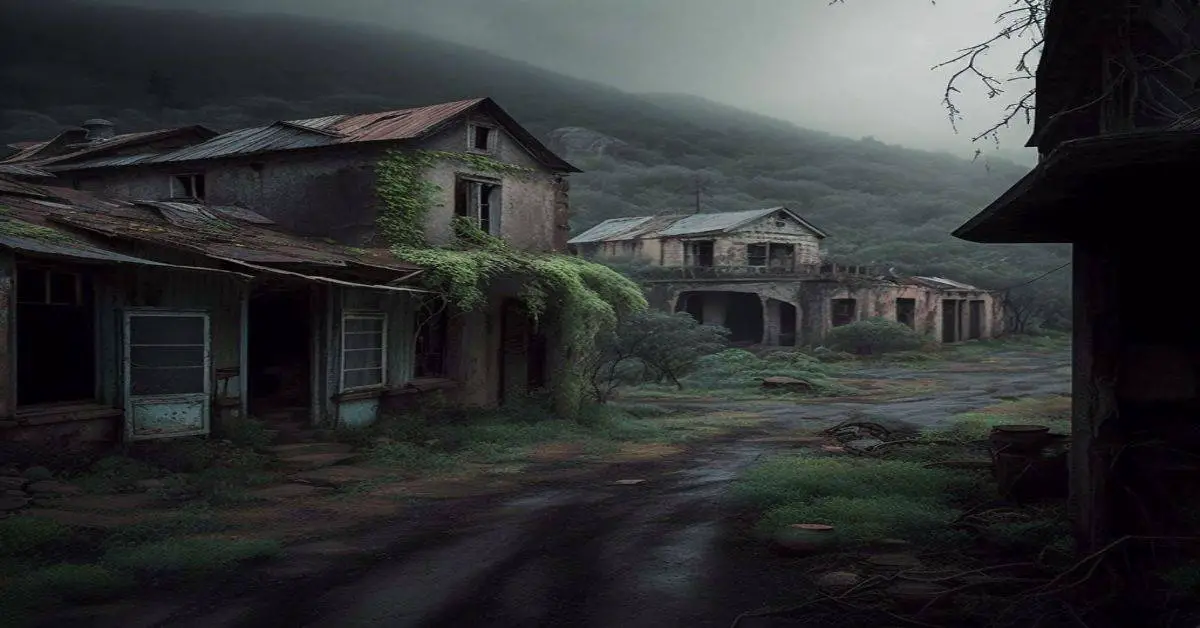Millville, Illinois, Calhoun County is a fascinating ghost town with a rich history that captivates the imagination. Below is detailed information about the town.
County: Calhoun County
Zip Code: Not available
Latitude / Longitude: Approximately 39.2000° N, 90.6333° W
Elevation: Approximately 446 feet (136 meters)
Time Zone: Central Time Zone (CT)
Established: 1836
Disestablished: Early 1900s
Comments: Millville was once a thriving community situated near the Illinois River. It was established in the early 19th century and benefited from the river trade, a major source of economic activity during that period.
The town was known for its mill, a focal point for local commerce and industry. Millville was established in 1835 along the northern Chicago-Galena stagecoach route, a roadway today known as the Stagecoach Trail. John R. Smith and the Burbridge family were responsible for the village’s first buildings, and a sawmill was erected between 1835 and 36.
It developed as an important rural service stop along that stagecoach route. Millville was significant in the early history of Jo Daviess County, serving as a civic and commercial hub from 1838 to 53. According to 1878’s The History of Jo Daviess County, Illinois, the town itself was platted on April 14, 1846, within Rush Township by John R. Smith.
The town’s fate was sealed by a June 1892 flood, which reportedly swept away all of its remaining buildings, leaving no trace of Millville in its wake. Heavy rains swelled the pond at the Cox Mill, ¼ miles from Millville, causing the mill dam to burst.
The mill pond waters tore down Clear Creek and poured into the South Fork Apple River, rushing toward Millville. The town’s buildings, unable to withstand the deluge, were swept away by the violent river.
Remains: Today, only a few remnants of Millville exist, such as foundations of old buildings and scattered artifacts. The landscape has largely reclaimed the town, with vegetation covering much of what was once a vibrant settlement.
Current Status: Millville is considered an abandoned ghost town with no remaining residents. The area is now primarily used for agriculture and is privately owned.
Remarks: Millville’s decline began with the advent of railroads, which shifted the economic focus away from river trade. Additionally, periodic flooding from the Illinois River made the location less desirable.
While little remains of the town today, Millville is a poignant reminder of the transient nature of early American settlements and the forces that shape their destinies.



